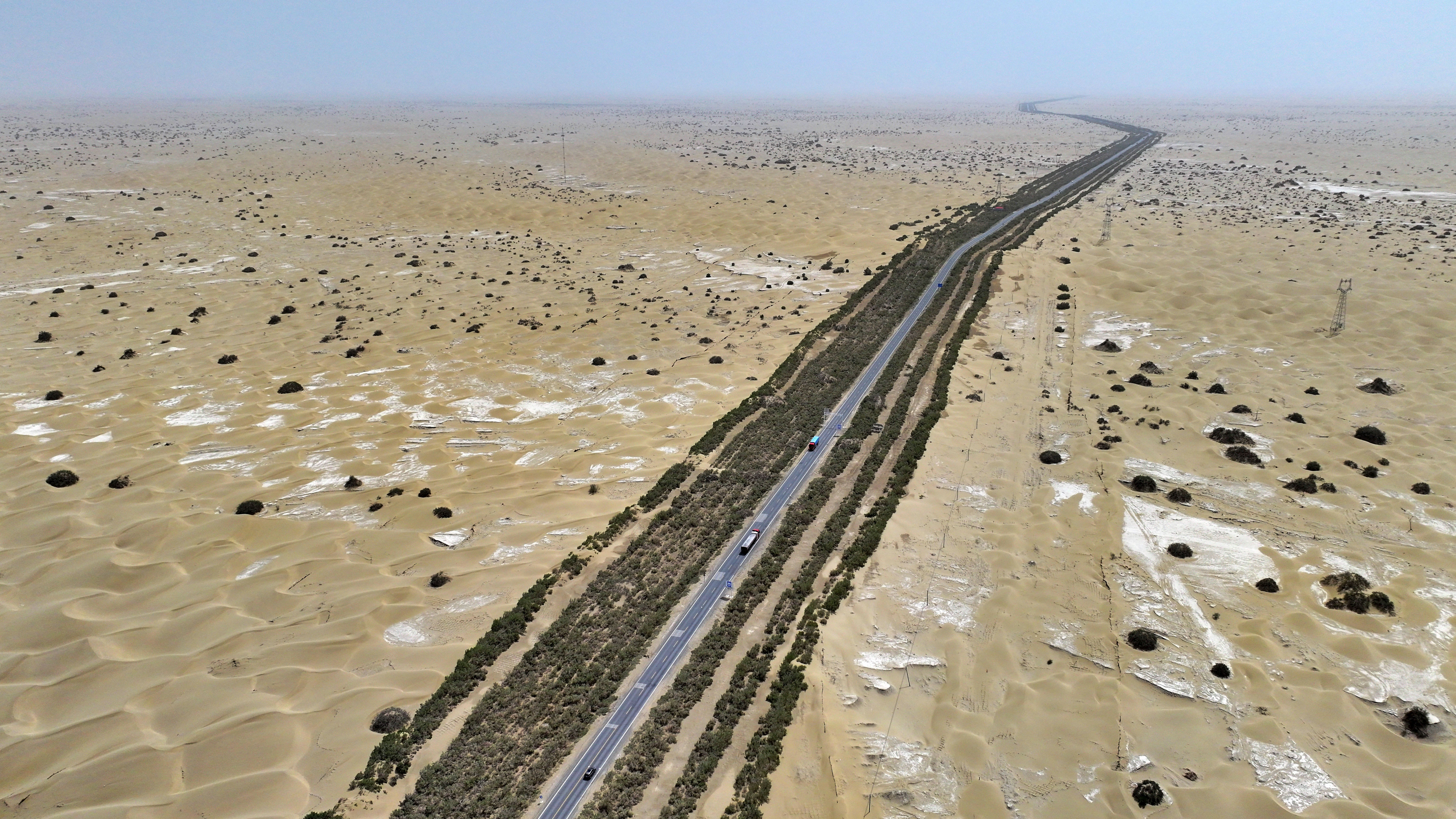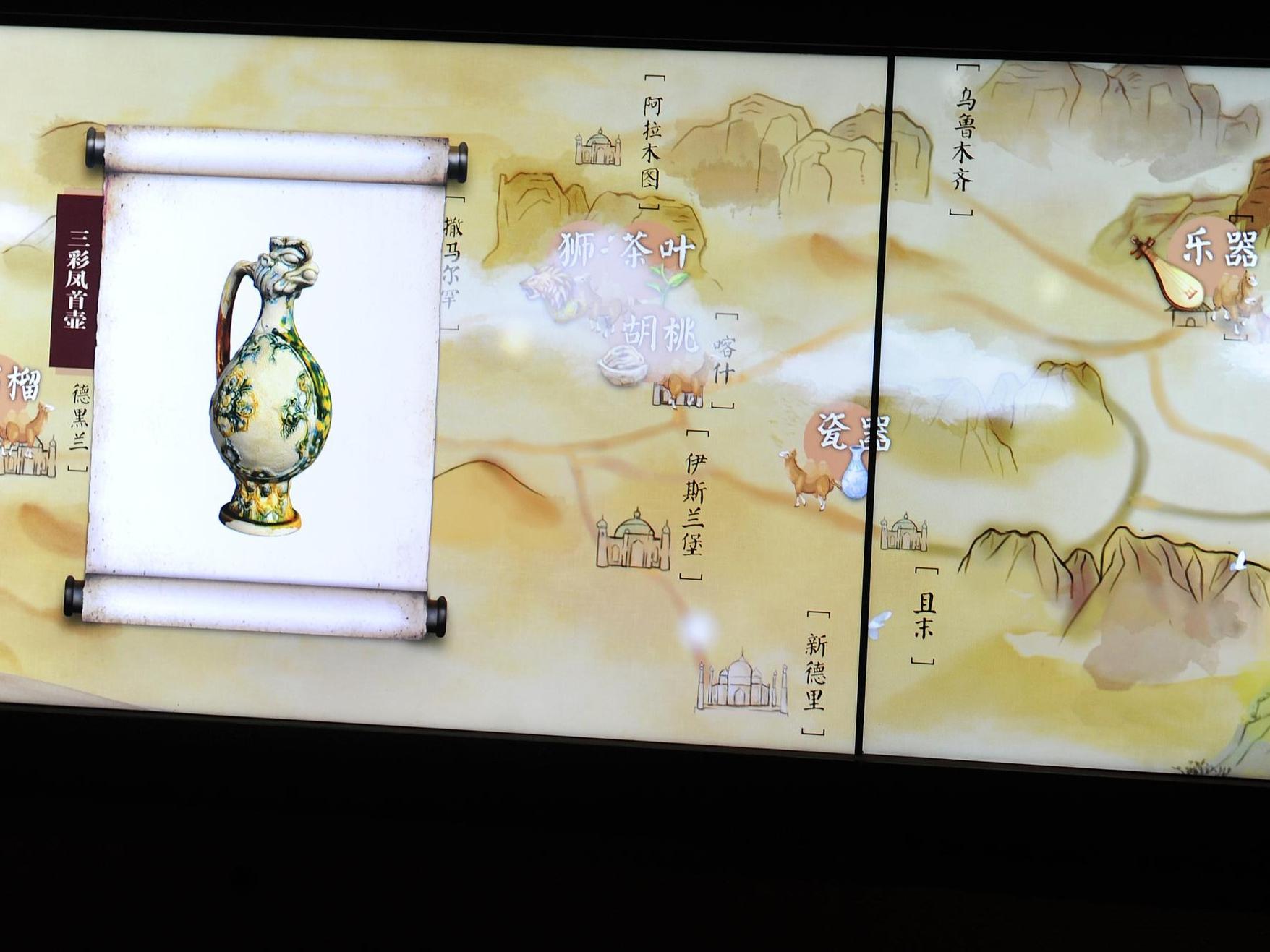China to Implement Low-Carbon Technology Demonstration Projects

A drone image of the zero-carbon desert highway in the Tarim oil field of Petrochina. (PHOTO: XINHUA)
By?ZHONG?Jianli
China has introduced a plan to implement demonstration projects for researching, developing and applying green and low-carbon technologies.
The National Development and Reform Commission, Ministry of Housing and Urban-Rural Development, and eight other government bodies have set the goal that by 2030, there will be more effective policies, business models and regulatory mechanisms to support the application and popularization of such technologies. The international competitiveness of green and low-carbon technologies and industries will be strengthened to achieve carbon neutrality goals.
The new plan proposed three key categories of demonstration projects: carbon reduction at the source and during the process, as well as carbon sequestration at the end.
For carbon reduction at the source, demonstration projects utilizing non-fossil energy, clean and efficient fossil energy, advanced grids and energy storage technologies, and hydrogen power are encouraged.
The process carbon reduction projects will be mainly implemented in the industrial, construction and transportation sectors. Collaborative demonstration projects on pollution reduction and carbon reduction, and low-carbon industrial park demonstration projects will also be carried out.
For terminal carbon sequestration, the projects include whole-process large-scale carbon capture, utilization and storage, advanced and efficient CO2 capture technologies, and utilization of CO2 resources including using CO2 to produce liquid fuels such as synthetic gas and methanol.
Different regions have been asked to summarize their demonstration project experiences in time and promote good practices with commercial potential.







